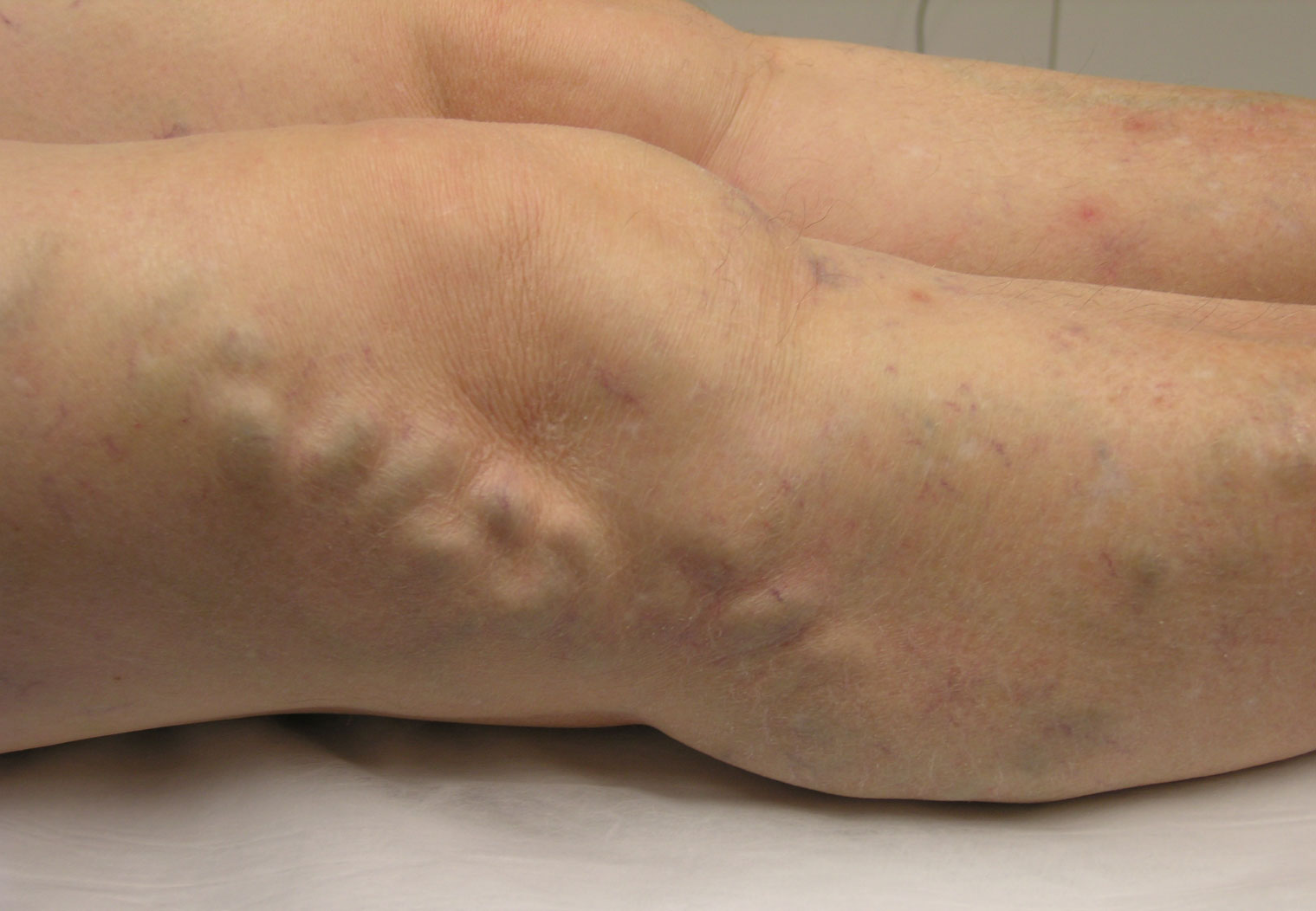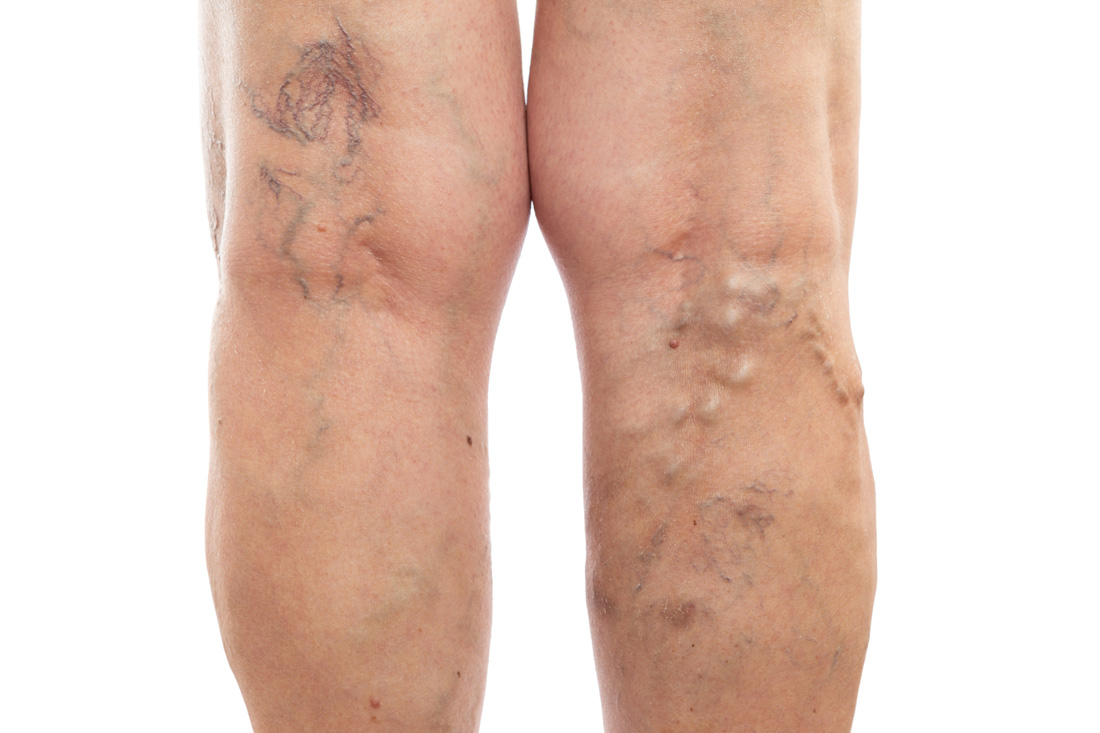There are a range of treatments available for Brisbane varicose vein sufferers. But first, what are varicose veins? Varicose veins are the larger, usually bulging blue-green veins visible on many people’s legs. They are usually concerning due to their appearance, but can also cause concern through leg aches, swelling and more severe skin changes to the lower legs.
There are a broad variety of venous problems that can occur and some of the most common presentations are discussed below.
Varicose Veins
Varicose veins occur due to failure of valves within the veins, allowing “reflux” or downwards flow in the veins as a result of gravity acting on the blood within the veins. Because there is greater blood flow when you are hot or exercising, varicose veins become more prominent at these times, and may become more painful. Elevating the legs and using compression stockings tends to help these symptoms.
Treatment is aimed at removing the veins which are not functioning normally. Modern treatments are very effective with minimal trauma when used correctly.
Surface Veins
These can appear anywhere on the legs and are usually treated due to their cosmetic appearance. Treating surface veins successfully can have an enormous benefit on quality of life, allowing you to feel more confident to wear clothes which do not cover your legs completely. However these veins can be difficult to treat successfully, and require care, close attention and an experienced operator.
Advanced Venous Disease
Varicose Vein-related skin changes on the lower part of the legs can include darkening of the skin, inflammation and itchy patches, hardening of the skin, and large sores known as venous ulcers. Any of these changes are indications that underlying varicose veins need to be managed by a doctor specialising in venous disease.
Types of Brisbane Varicose Vein Treatment
Modern varicose vein treatments are vastly less painful and traumatic than treatments of old. The treatments are mainly delivered in an outpatient setting, through largely minimally invasive solutions.
Direct Vision Sclerotherapy
Direct Vision Sclerotherapy (DVS) is used for treatment of fine surface veins and involves the use of very fine needles to inject small amounts of sclerosant into veins.
Endovenous Laser Treatment
Endovenous Laser Treatment has largely replaced stripping surgery for treating large “truncal” varicose veins. It is usually performed as an outpatient procedure and it is very rare for anything stronger than panadol or nurofen to be required for post treatment discomfort. Dr McMaster has been using Endovenous laser treatment regularly since 2003.
Ultrasound Guided Sclerotherapy
Ultrasound Guided Sclerotherapy (UGS) is also used to treat larger varicose veins. This technique allows veins to be treated at their source and in experienced hands is simple and very effective. It is often used in combination with endovenous laser
Compression Therapy
Compression Therapy is an essential component of modern varicose vein treatment. Modern compression stockings are more comfortable and less intrusive than previously.
Vein Glue
Vein Glue is occasionally used for very specific circumstances when other methods of treatment are ineffective or inappropriate.
The successful treatment of your veins often involves a combination of treatment methods, which are most effective in the hands of experienced well trained clinicians. Dr McMaster has vast experience with leg vein problems and has treated thousands of Brisbane varicose vein patients, and from throughout Queensland, over the past 20 years.



